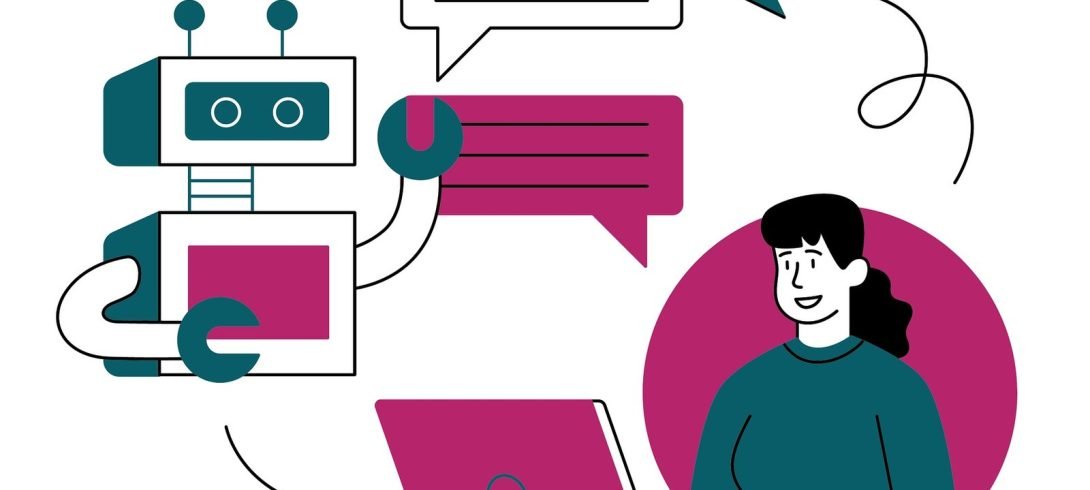In today’s digital age, the IT helpdesk is the backbone of any organization, ensuring that technology runs smoothly and efficiently. Whether you’re a small business or a large corporation, having an effective IT helpdesk can significantly enhance productivity and minimize downtime. This blog post will delve into the essential aspects of an IT helpdesk, highlighting its importance, key features, and best practices for optimal performance. By optimizing this content for search engines, we aim to help businesses find the information they need to improve their IT support services.
Why an IT Helpdesk is Crucial
An IT helpdesk acts as the first line of defense for any technical issues that employees may encounter. It provides a centralized point of contact for troubleshooting, support, and information. Here are some reasons why an IT helpdesk is crucial:
- Improved Efficiency: By resolving technical issues quickly, an IT helpdesk ensures that employees can continue their work without significant interruptions.
- Enhanced Security: IT helpdesk professionals are trained to handle security incidents and can help prevent data breaches.
- Better Resource Management: An IT helpdesk helps in managing IT resources effectively, ensuring that hardware and software are up-to-date and functioning properly.
- Employee Satisfaction: Quick and efficient support leads to higher employee satisfaction and morale.
Key Features of an Effective IT Helpdesk

To create an efficient IT helpdesk, certain features are essential:
- Ticketing System: A robust ticketing system helps track and manage support requests efficiently.
- Knowledge Base: An extensive knowledge base allows employees to find solutions to common problems on their own, reducing the burden on helpdesk staff.
- Multi-Channel Support: Offering support through various channels like email, phone, chat, and social media ensures that users can get help in the most convenient way for them.
- Remote Support: With the rise of remote work, the ability to provide remote support is crucial.
- Analytics and Reporting: Tracking performance metrics helps in identifying areas for improvement and ensuring that the helpdesk is meeting its goals.
Best Practices for an IT Helpdesk
To maximize the efficiency and effectiveness of your IT helpdesk, consider the following best practices:
- Regular Training: Keep your helpdesk staff updated with the latest technology trends and troubleshooting techniques.
- Clear Communication: Ensure that communication with users is clear, concise, and empathetic.
- Proactive Maintenance: Regularly update and maintain IT systems to prevent issues before they occur.
- User Feedback: Collect and act on user feedback to continuously improve helpdesk services.
- Automation: Use automation tools to handle repetitive tasks, allowing helpdesk staff to focus on more complex issues.
Conclusion
An efficient IT helpdesk is vital for the smooth operation of any organization. By understanding its importance, implementing key features, and following best practices, businesses can ensure that their IT helpdesk provides excellent support, enhances productivity, and maintains high employee satisfaction. Optimize your IT helpdesk for success and watch your organization’s efficiency soar.
For more tips and insights on IT support, stay tuned to our blog!



